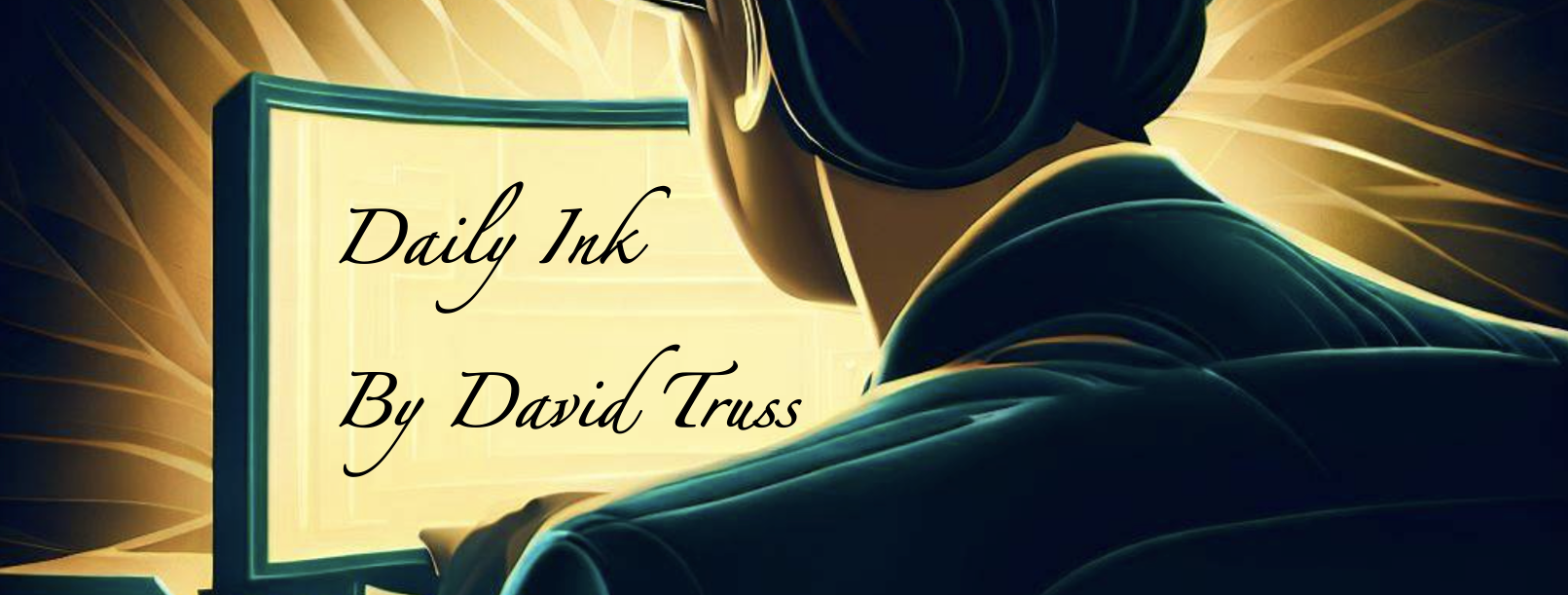It’s great to have champions of technology who can really show you what’s possible, but they are often operating at a level that’s far too intimidating for other educators, and so they don’t necessarily make the best technology leaders. If you really want to find innovation, yes it’s important to help those front runners who are capable of doing amazing things with technology. However you won’t take everyone further unless you invest in making sure that everyone in your learning community is moving forward.
A few things can help here:
1. Everyone gets access to the same tools. Sure, your tech champions may ask for access first, but once a tool is valued it needs to be accessible to all.
2. Access doesn’t guarantee adoption. With access, there needs to be two things also shared: need and training.
Why is the technology needed? What problem does it solve? What does it achieve more easily, faster, more effectively? Or what does it allow you to do that you couldn’t do before?
How easy is it to adopt? Who can help with training? When can training happen? What’s available for support when a roadblock arises?
3. Collaboration. How can the community support itself, what opportunities are there to share and learn from each other? How can this be embedded into meetings and when can time be given within the current schedule, without adding to it? How can the team use the technology themselves in a meaningful way to become more effective?
4. Recognition and/or appreciation. This doesn’t have to be public, but it does need to happen. How does leadership recognize adoption and use of the new tools? How do people on the team share their success? How are those that support others be supported themselves?
A technology champion can be a leader, but they aren’t inherently leaders. They aren’t always aware of the struggles of others. They don’t always see the roadblocks or pitfalls others do. They don’t always use tools or strategies that others see value in. The trick isn’t to adopt everything they try, or to have them lead by trying first. The trick is to harness their lack of fear and innovative spirit, to learn from them, and to figure out who else on the team will be able to find and share success with the same tools.
And finally, who are going to be the resisters? Who on the team will be most likely to struggle? If you know, then you know who to go to, and support, even before the full implementation starts. Help the resisters understand why. Help them see the value. Help them be part of the positive change.
We need the technology champions to bravely challenge the status quo. But, we also need others on the team to help lead the adaption and transformation of the team, of the learning community. That’s not necessarily the job of the technology champion. It’s the job of leadership to recognize who else needs to lead, and who needs to be supported.
Like this:
Like Loading...














